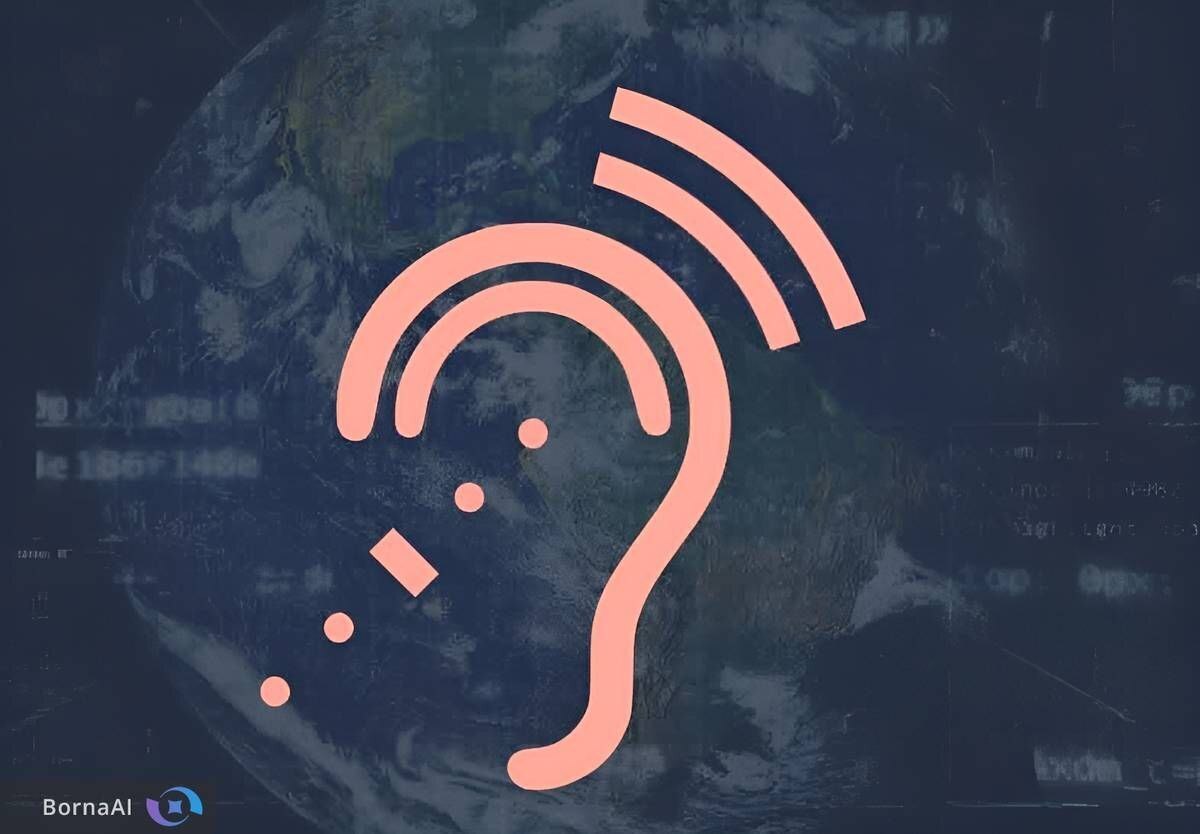Technology on the Frontlines of Fact-Checking: How AI Detects Fake News

Tehran - BORNA - Today, a single piece of misinformation can have far-reaching and sometimes irreversible consequences. This becomes even more critical in the context of social media, especially during political or security crises, where the rapid spread of false content can fuel instability.
modern technologies particularly AI now stand at the forefront of identifying, confronting, and containing the surge of misinformation. No longer just a research tool, AI has become a frontline defender of truth.
Four Key Functions of AI in Fact-Checking
Experts in technology have identified four core roles that AI plays in countering disinformation:
1. Identifying suspicious content within massive volumes of data
2. Assessing the credibility of claims and sources
3. Cross-referencing information with reputable global databases
4. Tracking coordinated disinformation campaigns and networks
AI detects signs of deception or manipulation by analyzing linguistic patterns, source histories, audio-visual data, and multilingual content. These systems can issue early warnings to human analysts, making the combination of computational power and human insight the beating heart of modern fact-checking infrastructures.
Global Examples: Where AI Meets Verification
In Europe, the AI4TRUST project is one of the most advanced models of AI-human collaboration for real-time fact-checking. This system monitors social media in multiple languages and classifies suspicious content using indicators such as the “information epidemic risk index. ” These indicators offer valuable decision-making tools for journalists and policymakers alike.
In the UK, the organization Full Fact leverages AI to expand its coverage of news sources and media content. These tools help fact-checking teams identify verifiable claims more quickly and accurately though the final judgment still rests with human experts.
When Machines Outperform Humans
A study conducted at the University of California, San Diego revealed that machine learning algorithms can identify deceptive behavior more accurately than humans. The research, based on analysis of the TV game show Golden Balls, showed that algorithms could predict participants’ true intentions with ۷۴% accuracy, compared to only 52% for over 600 human participants.
Another notable finding emphasized the timing of warnings: users who received alerts about potential misinformation before viewing content were significantly more critical and less influenced by misleading messages.
This insight is particularly relevant for platforms like YouTube, TikTok, and Instagram, where massive volumes of user-generated content circulate. Strategically designed preemptive warnings could help curb the viral spread of false information.
Digital Fact-Checking as a Pillar of Cognitive Security
In an age where conflicts are increasingly fought not with weapons but with narratives and data, traditional defenses are no longer sufficient. Cognitive warfare the battle to influence public perception and decision-making has become a new front in the global struggle for influence. In this context, AI can serve as a digital shield protecting national and societal security.
For the Islamic Republic of Iran, the development of indigenous AI-based content analysis systems capable of processing Persian, Arabic, Hebrew, and English and integrating with strategic media and security institutions is not merely an option but a strategic necessity.
Beyond Technology: The Need for Policy, Culture, and Education
Despite its power, AI alone cannot resolve the fake news crisis. Its effectiveness depends on three essential pillars:
Smart policymaking: Clear legal and regulatory frameworks are essential to ensure responsible and ethical use of AI.
Media literacy: Educating citizens especially younger generations on identifying credible sources and recognizing misinformation is a foundational step.
User accountability: Thoughtless sharing of fake news is not just a personal mistake; it represents a broader social threat.
The Battle of Narratives and the Shield of Truth
The wars of the future will be wars of narratives fought not on battlefields but in hearts and minds. In this arena, truth can only survive if the public is intelligent, informed, and responsible.
Combining intelligent technology with data-driven governance, widespread education, and a culture of critical engagement is the only sustainable defense against the rising storm of misinformation.
About the author: Fateme Moradkhani covers technology, surveillance, and AI ethics for Borna News Agency, with a focus on global cyber power and digital militarization.
End Article
















